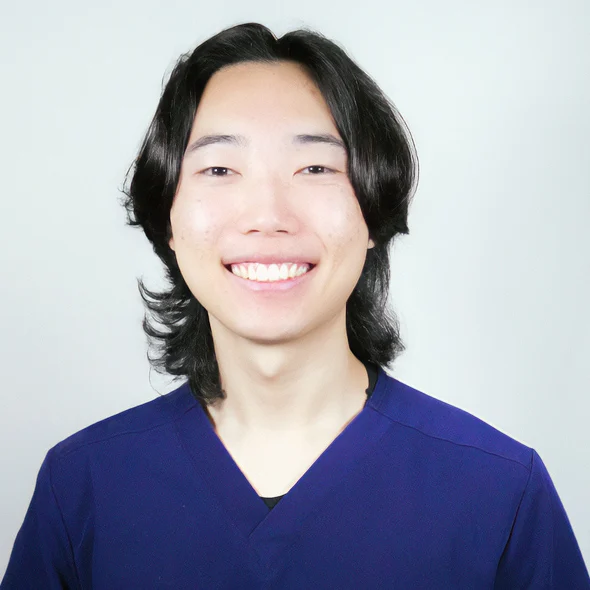Understanding Vestibular Migraines
Vestibular migraines are a unique type of migraine that not only involve the typical headache symptoms but also come with vestibular symptoms such as vertigo, imbalance, nausea, and vomiting. Interestingly, a headache may not always be present, and the vestibular symptoms can still occur. These symptoms are what differentiate vestibular migraines from simple migraines, making them more complex to diagnose and treat.
Symptoms of Vestibular Migraines
People suffering from vestibular migraines may experience a range of symptoms that affect both the head and balance system. Some common symptoms include:
- Severe throbbing headaches, typically localized to one side of the head
- Nausea or vomiting
- Sensitivity to light, smells, and noise
- Dizziness (short-term or long-term)
- Loss of balance
- Sensitivity to motion
In addition to these symptoms, some individuals may also experience hearing-related issues such as ringing or pressure in one or both ears. It’s important to note that not all symptoms will be present at once, and each person may experience different symptoms.
Causes of Vestibular Migraines
Research suggests that vestibular migraines are often hereditary. If a person has a family history of vestibular migraines, they are more likely to experience them as well. Women are also more prone to vestibular migraines than men, with symptoms often intensifying during menstruation.
Certain triggers can worsen symptoms in individuals already suffering from vestibular migraines, including:
- Changes in sleep patterns
- Menstrual cycle fluctuations
- Consumption of specific foods and beverages, such as chocolate, aged cheese, and red wine
Diagnosis of Vestibular Migraines
Diagnosing vestibular migraines can be challenging, as they involve a combination of classic migraine symptoms and vestibular symptoms, such as imbalance. Before diagnosing vestibular migraines, it’s crucial to rule out other conditions that may cause similar symptoms. Common conditions to consider in the differential diagnosis include:
- Benign paroxysmal positional vertigo (BPPV)
- Meniere’s disease
- Transient ischemic attacks (TIA) or “mini-strokes”
A thorough evaluation and proper testing are required to accurately identify vestibular migraines and differentiate them from other vestibular disorders.







